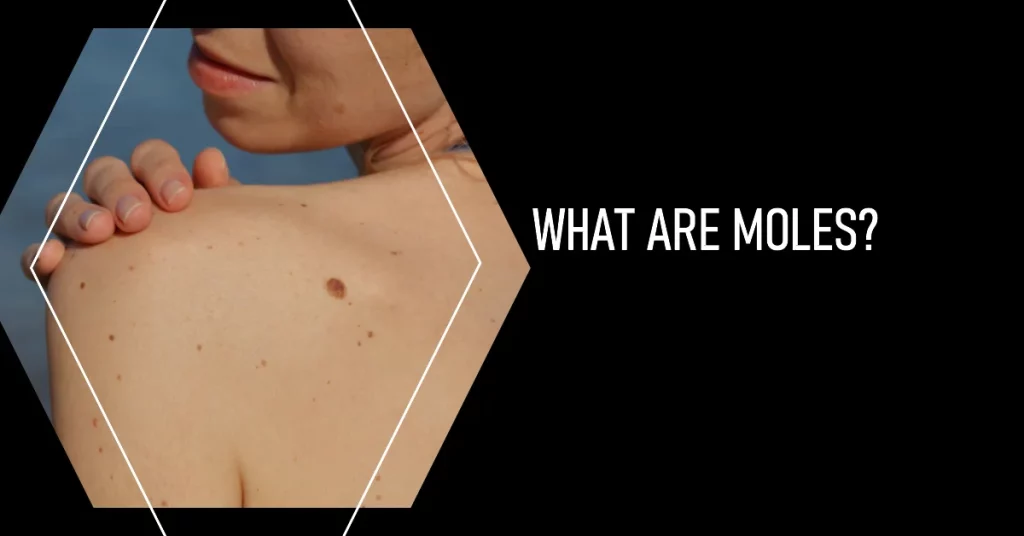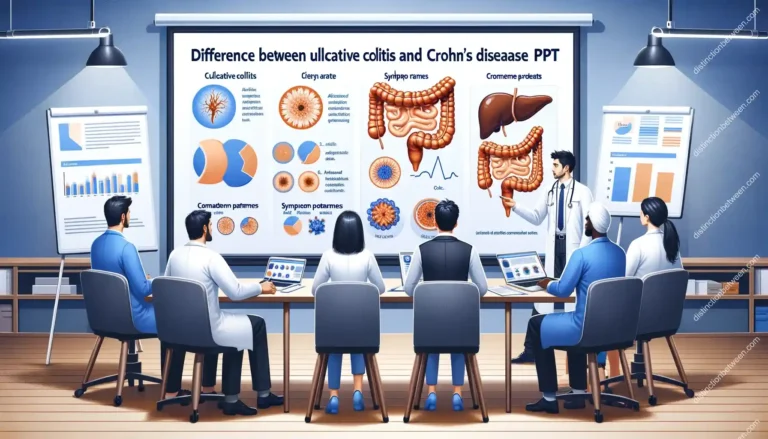What is the Difference between Moles and Warts?
Did you know How to treat warts and moles? Skin growths can be a cause of concern for many individuals, especially when they appear unfamiliar or raise questions about their nature. Among these skin tags, moles vs warts are commonly encountered. Understanding the difference between them is essential for accurate identification, proper management, and peace of mind. In this article, we will tell the difference, characteristics, causes, symptoms, and treatment options for both, highlighting the key distinctions between them.
What is Moles

Moles are common skin growths, typically small, round, and dark brown in color. They are made up of a cluster of skin cells called melanocytes, which produce the pigment melanin. Moles typically lie deep in the skin and do not cause discomfort. Moles may vary in shape, size, and color and can appear anywhere on the body. Some individuals may develop new moles or have an atypical mole over time, which could become cancerous and may require mole removal.
Key Features:
- Moles usually have a smooth surface
- Lie deep in the skin
- Color can range from light brown to black
- Round, oval, or irregular in shape
- Not contagious
types of warts
- Congenital Moles: These moles are present at birth and are considered genetic in nature.
- Acquired Moles: Acquired moles develop throughout life and are typically caused by sun exposure.
Causes
The exact cause of moles is not fully understood, but they are primarily influenced by genetic factors and sun exposure. People with fair skin, light-colored hair, and a family history of moles are more prone to developing them.
Symptoms and Appearance
Moles are typically round or oval-shaped and can range in color from light tan to dark brown. They can be flat or slightly raised and have a smooth or rough texture. Moles may also evolve over time, changing in size, color, or shape. While most moles are harmless, atypical moles (dysplastic nevi) may have irregular borders, varied colors, and larger sizes. Monitoring any changes in moles is crucial for early detection of potential skin cancer.
Diagnosis and Treatment
A dermatologist can diagnose moles through visual examination and, if necessary, perform a biopsy for further evaluation. Generally, treatment for moles is not required unless they pose a risk or cause cosmetic concerns. However, mole removal may be recommended if there are suspicions of skin cancer or if the mole affects daily activities or self-confidence.
What is Warts

Warts are skin growths caused by the human papillomavirus (HPV). Unlike moles, warts are contagious and can spread through direct contact with someone else who has a wart virus, whether through shaking hands or using shared objects. Warts are usually rough, skin-colored, and may have a callus-like appearance. They can develop anywhere on the body but are most common on hands, fingers, and the bottom of the feet (known as plantar warts). There are several types of warts, including common warts, flat warts, and filiform warts.
Key Features of Warts:
- Warts can be rough or smooth on top
- They have a relatively flat or slightly raised surface
- Color can range from flesh-colored to light brownish
- Rounded or irregular in shape
- Contagious
Types:
- Common Warts: These warts usually appear on the hands, fingers, or elbows and have a rough, grainy appearance.
- Plantar Warts: Plantar warts develop on the soles of the feet and are often flat and surrounded by hardened skin.
- Flat Warts: Flat warts are generally small, smooth, and flat and can appear in large numbers.
- Filiform Warts: Filiform warts are long, narrow warts that typically appear on the face, neck, or armpits.
Causes
Warts are caused by the human papillomavirus, which enters the body through tiny cuts or breaks in the skin. The virus thrives in warm and moist environments, making areas such as locker rooms, swimming pools, and public showers common sources of infection. Individuals with weakened immune systems are more susceptible to developing warts.
Symptoms and Appearance
Warts are usually small, raised bumps on the skin that can vary in color, ranging from flesh-colored to gray, brown, or even black. They may be smooth or rough, with a texture resembling a tiny ball of skin or a cauliflower-like surface. Warts can cause itching, pain, or discomfort, especially when they develop on weight-bearing areas or areas with frequent friction.
Diagnosis and Treatment
Healthcare professionals can diagnose warts based on their visual appearance. In some cases, a biopsy may be performed if the diagnosis is uncertain or if there are concerns about skin cancer. Treatment options for warts include topical medications, cryotherapy (freezing), laser therapy, and surgical removal. The choice of treatment depends on the size, location, and type of wart.
Differentiating Moles and Warts
To spot the difference between a mole and a wart, several factors can help in identification:
- Appearance: Moles typically have a uniform color, while warts may appear rough, grainy, or bumpy.
- Texture: Moles are generally smooth, while warts often have a rough texture.
- Location: Moles can occur anywhere on the body, including areas not exposed to sunlight, while warts commonly appear on the hands, fingers, feet, or other areas frequently in contact with the HPV virus.
- Growth Patterns: Moles usually remain relatively stable over time, while warts can spread or multiply if left untreated.
Read related post : Difference Between Hymen Blood and Period Blood
Refence links







